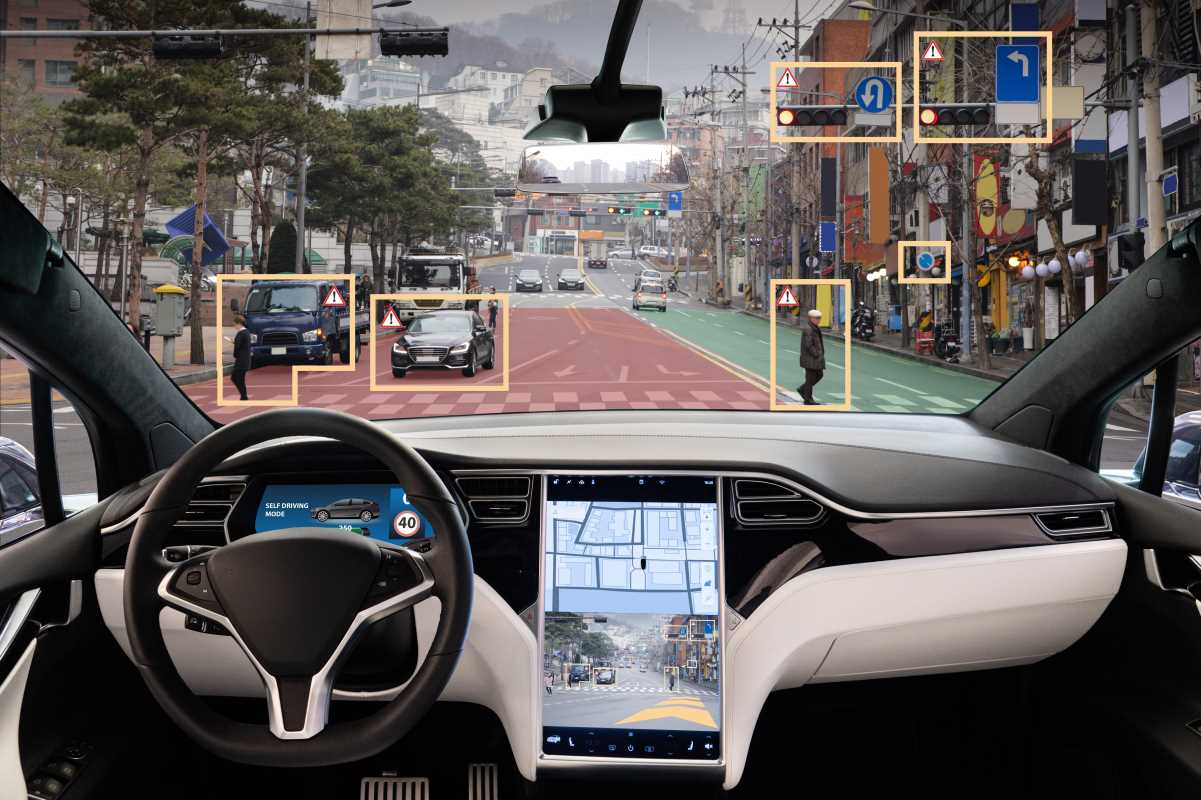The rise of artificial intelligence (AI) has revolutionized the way we create content. The possibilities feel endless, from automated blog writing to AI-generated art and music. However, this unprecedented creativity comes with a complex web of legal and ethical questions. Who owns the rights to content created by AI? Can AI-generated work be copyrighted? And what happens when AI-generated content infringes on someone else’s intellectual property? Understanding the legal landscape surrounding AI content creation and ownership is essential for businesses, creators, and AI developers alike. This blog will unravel the challenges, highlight key considerations, and offer actionable guidance for navigating these complexities.
The Legal Landscape of AI-Generated Content
AI-generated content exists at the intersection of technology, creativity, and law. While impressive, the legal frameworks governing its creation and ownership are still evolving, often leaving creators in uncharted territory. Here are some of the key legal challenges to keep in mind.
1. Copyright and Ownership
One of the most pressing issues is determining who (or what) owns AI-generated content. Under current copyright laws in many countries, only works created by humans can be copyrighted. Since AI systems lack legal personhood, they cannot claim ownership of the work they generate.
Instead, ownership often falls to the individual or organization that programmed the AI or prompted it to create the content. For example, if a business uses an AI tool to generate marketing copy, the business typically owns the work, assuming the AI tool’s licensing agreement grants them that right.
However, gray areas abound. If multiple parties contribute to an AI system’s development or use, disputes over ownership can arise. Clear guidelines are especially critical for businesses outsourcing AI development or using third-party AI tools.
2. Intellectual Property (IP) Challenges
AI-generated content can also unintentionally infringe on existing intellectual property. For instance, AI models trained on copyrighted images or texts could create work that closely resembles the original material, raising questions about derivative works.
Understanding how an AI system was trained and what datasets were used is crucial for businesses to avoid unintentional IP violations. Some AI developers are now creating models trained only on open-source or properly licensed data, but others operate in legally murky waters.
3. Ethical and Moral Concerns
Beyond legal issues, there are ethical debates surrounding AI-generated content. Concerns about authenticity, plagiarism, and accountability often come into play. For example, who bears the responsibility if an AI-generated content contains misinformation? With AI’s capabilities growing, these ethical implications are becoming increasingly important to address.
Notable Cases and Legal Precedents
The legal precedents surrounding AI-generated content are still developing, but a few notable cases provide insight into how these disputes are being handled.
1. The Monkey Selfie Case
Though unrelated to AI, the case of Naruto v. Slater, better known as the “Monkey Selfie” case, offers a parallel for understanding copyright and non-human creators. A monkey supposedly snapped a photo using a photographer’s camera, and the case questioned whether a non-human entity could claim copyright. The court ultimately ruled that animals, like AI, cannot own copyrights.
2. Getty Images v. Stability AI
Currently ongoing, this case involves Getty Images accusing Stability AI of using its copyrighted images to train Stable Diffusion models without proper licensing. The case highlights the legal risks of using copyrighted material in AI training datasets and could set a precedent for addressing these issues in the future.
3. Zarya of the Dawn Copyright Dispute
This case involved an AI-assisted comic book, Zarya of the Dawn, which was granted copyright protection before the decision was partially revoked. The U.S. Copyright Office concluded that only the human contributions to the comic (e.g., text and arrangement) were eligible for copyright, not the AI-generated illustrations.
Navigating the Complexities
For businesses, creators, and developers working with AI, navigating these legal complexities requires a proactive approach. Here are some actionable steps to protect your interests and ensure compliance with evolving laws.
1. Understand Licensing Agreements
Before using AI tools, review the licensing terms carefully. Some platforms, like OpenAI and Adobe, specify who owns the generated content and whether it can be used commercially. Ensure that the terms align with your intended use case.
Tip: Look for explicit permissions regarding reuse, modification, and resale of AI-generated content.
2. Track Training Data Sources
If you’re involved in AI development or using a custom AI model, ensure the training data complies with copyright laws. Opt for models trained on open-source, Creative Commons, or properly licensed datasets to avoid IP violations.
Tip: Keep detailed records of datasets and model development for future reference.
3. Consult Legal Experts
Given the legal gray areas, seeking expert advice is critical. Intellectual property attorneys can help clarify ownership disputes, draft contracts, and ensure your use of AI complies with copyright regulations.
Tip: Small businesses can look for local legal aid or online resources specializing in IP law for cost-effective consultations.
4. Stay Updated on Evolving Regulations
AI laws and copyright frameworks are rapidly evolving as governments and industries grapple with these new challenges. Stay informed about relevant policies in your region or industry to remain compliant.
Example: The European Union’s proposed Artificial Intelligence Act aims to regulate AI systems, including rules on transparency and accountability.
5. Establish Best Practices and Guidelines
For businesses and creators using AI regularly, developing internal guidelines can mitigate risk. Outline clear policies for AI use, including proper attribution, licensing compliance, and ethical considerations.
Tip: Assign a team member to oversee AI-related compliance and training within your organization.







